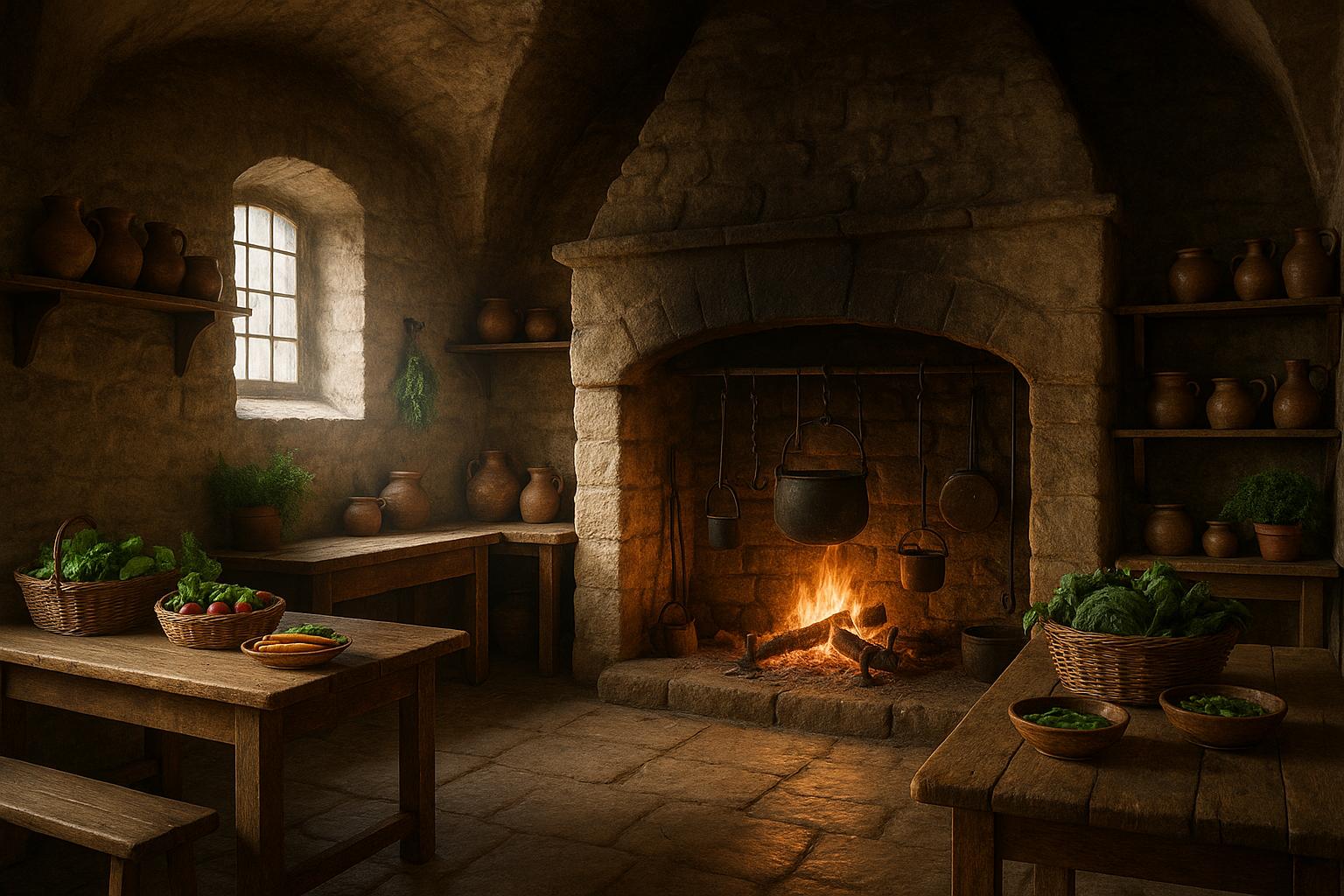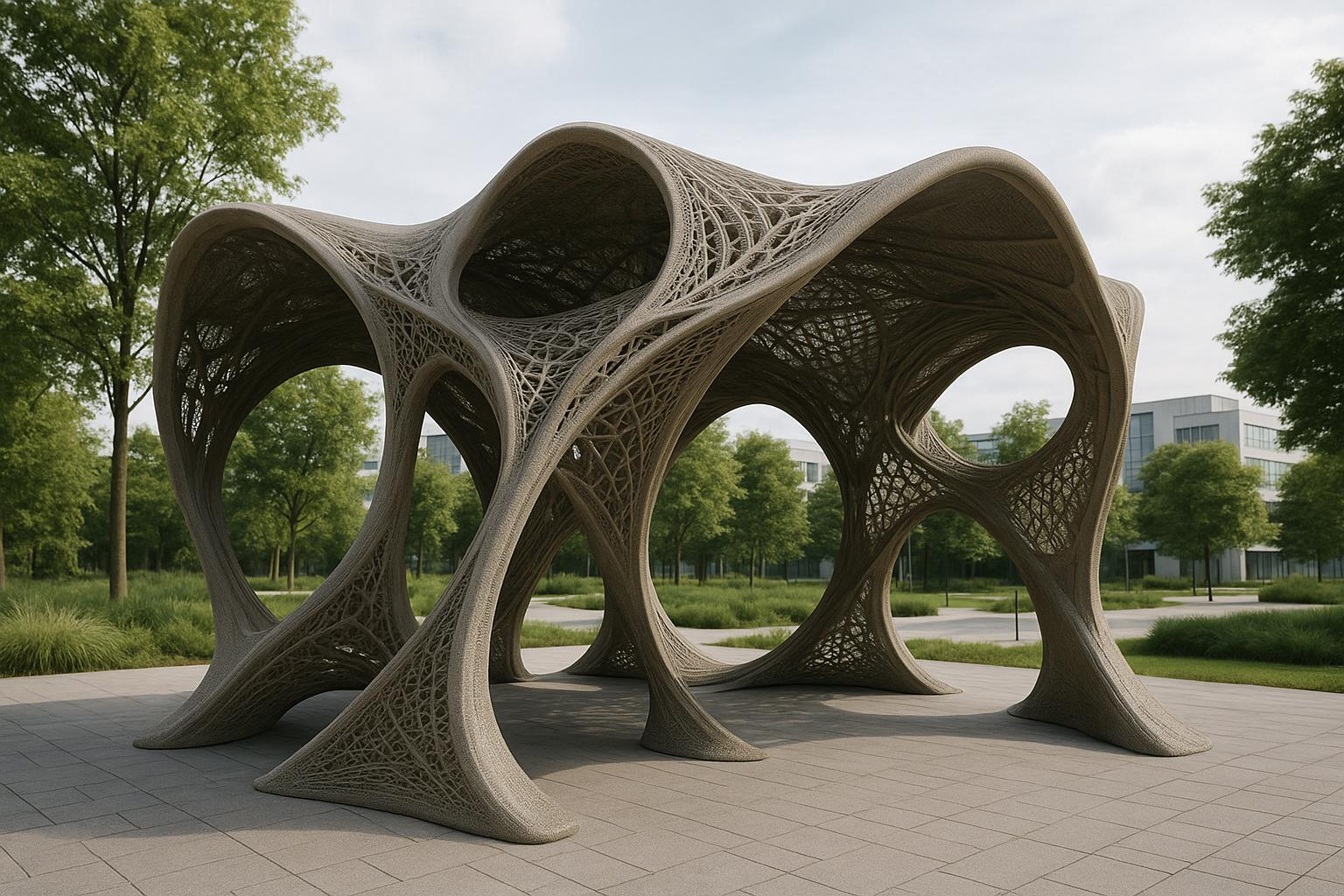Finding inspiration across creative disciplines is challenging.
In this post, we'll explore the deep connections between 2K furniture design and architectural aesthetics - from minimalism to art deco - and how they mutually inspire one another.
You'll see striking examples of furniture and buildings that share common design traits, helping synthesize these overlapping worlds of craft and vision.
Introduction to Architectural Inspiration in 2K Furniture Designs
Defining 2K Furniture Designs
2K furniture refers to designs that use high-resolution 2K textures and materials to achieve photorealistic quality and detail. These advanced rendering techniques allow furniture designers to visualize their creations with the same level of detail and realism as architectural visualizations.
Some key characteristics of 2K furniture designs include:
- High-resolution 2K textures that enable tiny details and subtle lighting effects to be represented
- Physically-based rendering that simulates how different materials interact with light
- Precise modeling of furniture forms with smooth curves and complex geometry
- Photorealistic quality that makes computer visualizations indistinguishable from real photography
By utilizing the same tools and techniques as architectural visualizations, 2K furniture designs are able to capture intricate details and convincingly real materials.
Core Links Between Furniture and Architecture
There are several core design principles that connect furniture and architecture:
- Form: The shape language and geometry that defines the physical structure of a furniture piece or building. Form influences aesthetics and ergonomics.
- Function: How a piece of furniture or architecture is meant to be used. The function should inform the form.
- Aesthetics: The stylistic appearance, materials, colors, and decorative details that influence the emotional impact.
- Ergonomics: How a design interacts with the human body, emphasizing comfort, accessibility, and usability.
Furniture and architecture both aim to balance these concepts to create designs that are visually compelling, functionally practical, and ergonomically sound. The same 3D modeling techniques used in architecture allow furniture designers to evaluate their concepts from all angles.
By embracing architectural visualization technology, 2K furniture designs achieve a level of realism and attention to detail at a small scale that echoes the design values of monumental buildings. The crossover between furniture and architecture inspires new creative possibilities.
Minimalism in 2K Furniture and Architectural Design
The minimalist style emphasizes simplicity and clarity by stripping away excess ornamentation. We'll analyze minimalist furniture and buildings side-by-side.
Origins and Key Traits of Minimalism
Minimalism traces back to early 20th century movements like De Stijl and Bauhaus. Hallmarks include geometric shapes, neutral colors, and functional, unembellished forms.
Some key traits of minimalist design:
- Simplicity in shapes and forms
- Avoidance of ornamentation
- Use of raw, natural materials
- Focus on function over embellishment
- Neutral color palettes
- Geometric lines and shapes
- Sense of order, balance and harmony
The minimalist aesthetic emerged from concepts like "less is more" and rejection of lavish Victorian styles in favor of clean, geometric, orderly designs.
Furniture Examples with Minimalist Aesthetics
From the mid-century modern creations of Mies van der Rohe to today's Muuto brand, minimalist furniture often spotlights wood, metal, and other raw materials.
Some examples include:
- Barcelona Chair by Ludwig Mies van der Rohe - steel frame and leather
- Tulip Table by Eero Saarinen - one curved leg and oval top
- Series 7 Chair by Arne Jacobsen - curved plywood
- Tolix Marais Stool - metal frame and wood seat
- Muuto Outline Sofa - angular frame and cushions
The sparse, geometric lines and natural materials create a simple, functional look true to minimalist ideals.
Architectural Examples of Minimalist Design
Influential minimalist buildings include Ludwig Mies van der Rohe's Barcelona Pavilion and the homes designed by modernist architect John Pawson.
Some other examples:
- Glass House by Philip Johnson - steel, glass and brick home
- Lovell House by Richard Neutra - white stucco and glass
- Villa Savoye by Le Corbusier - white facade with ribbon windows
- 432 Park Avenue by Rafael Viñoly - simple square tower design
These structures use simple shapes, open floor plans, ample natural light, and lack of ornamentation to achieve the clean, sparse aesthetic that defines architectural minimalism. The result is buildings focused on space, light, and function over decorative elements.
sbb-itb-1be9014
Modernism's Influence on 2K Furniture and Architecture
Like minimalism, modernist design pursues sleek, geometric style but with more playful accents of color. We'll review signature traits in furniture and architecture.
Defining Aspects of Modernist Style
Modernism is marked by:
- Simple shapes and geometric forms
- Use of glass, steel, and concrete in construction
- Open floor plans
- Unusual angles or asymmetrical designs
Architects and designers embraced new materials and broke from traditional forms to create functional yet imaginative spaces.
Notable Furniture Pieces Inspired by Modernism
Modernist furnishings add character through fluid forms and vibrant hues, such as:
-
Arne Jacobsen's Egg Chair - With its curved, asymmetric shape that resembles an egg, this iconic chair encapsulates modernist ideals. The seamless oval form and vibrant upholstery colors capture a playful, space-age spirit.
-
Eero Saarinen's Womb Chair - The enveloping, womb-like form and mix of textures and tones in Saarinen's lounge chair reflect modernism's blend of fluidity and geometric precision.
These and other modernist-influenced pieces incorporate natural shapes, bright colors, and space-age allure.
Famous Buildings Exemplifying Modernist Principles
Notable modernist buildings include:
-
Farnsworth House by Ludwig Mies van der Rohe - This minimalist marvel built over a river integrates nature through floor-to-ceiling glass walls and an open-concept floorplan.
-
Fallingwater by Frank Lloyd Wright - Cantilevered balconies and terraces seamlessly connect this home to its forested mountain site and waterfall below.
These icons manifest modernist aspirations by fusing architecture with the surrounding landscape through ample windows, natural materials, and an embrace of asymmetry.
Art Deco: A Rich Source of Inspiration for 2K Furniture
Art Deco architecture and 2K furniture share a bold, sleek aesthetic that provides an interesting contrast to some aspects of modernism. By analyzing common motifs, we can see how the glamorous look of Art Deco translates from buildings to furnishings.
Defining Qualities of Art Deco
- Symmetrical designs with strong vertical and horizontal lines
- Rich materials like lacquer, chrome, and exotic woods
- Distinct geometric patterns, chevrons, sunbursts
- Highly stylized plant and animal motifs
- Ornate decoration and attention to fine details
These qualities create the lavish, ultra-modern style that defines Art Deco.
Signature Furniture Pieces with Art Deco Elegance
The sleek organic lines of Ruhlmann furnishings, the exotic lacquer of Jean Dunand cabinetry, and the striking graphic patterns of Sue et Mare exemplify standout Art Deco furniture.
Key traits include:
- Elegant curving forms
- Polished wood veneers
- Intricate inlays
- Bold geometric shapes
These designers capture the essence of the era's sophistication and modern glamour through their iconic works.
Famous Examples of Art Deco Architecture
The Chrysler Building in New York City remains an enduring Art Deco architectural icon. Key features include:
- Ornamental hubcaps and eagle heads
- Distinctive spire lined with triangular windows
- Terraced crown mimicking a sunburst
- Steel cladding with bold vertical lines
These define its status as a paragon of the style.
2K furniture creatively translates such architectural details into sleek furnishings full of striking personality. The shared principles between Art Deco buildings and designs demonstrate the richness of this aesthetic across creative disciplines.
Conclusion: Synthesizing Furniture and Architectural Design
In summary, 2K photorealistic rendering allows furniture to echo architectural designs through shared principles of form and function. By examining signature styles like minimalism, modernism, and Art Deco, we can discover striking conceptual links between furniture creations and building aesthetics.
Key takeaways include:
-
Simplicity and clean lines define both minimalist furniture and architecture. This style values open space, natural materials, and functional design.
-
Sleek lines and geometric shapes characterize Art Deco furniture and buildings. This style features glossy surfaces, rich colors, and lavish ornamentation inspired by machines.
-
Modernism embraces new materials and technologies for forward-looking designs. This style uses glass, steel, and concrete to create light, open structures.
By understanding these core stylistic connections, furniture can harmoniously complement architectural environments for holistic, integrated spaces. Whether through shared textures, shapes, or decorative details, the bonds between furniture and architecture enrich our built world.


